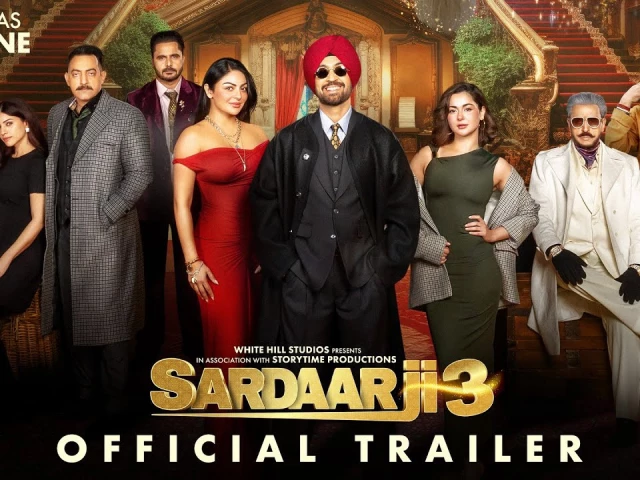A friend of mine recently went to watch Sardaar Ji 3 in the cinema. He told me it was quite bad, but that he was surprised to see how many people had come out to watch it. “Yaar, log hain, chahte hain filmein dekhna, bas filmein nahein hain,” he said. There are people. They want to watch films. But there are no films.
We have discussions like these often, because both of us are thoroughly disillusioned with what passes for quality in the modern picture house. Cinemas have been dying for a long time now. Is there really any hope for the medium in an age of YouTube, TikTok, and the like?
A lot of rich people have been attempting to answer this question for many years, by now. They’ve spoken of revivals, of a return to regional cinema, of a necessity for filmmakers to rise to the challenge. Few of them have had any substantial solutions to offer, however. Thus far, I have not heard from any of these prognosticators what appears to me to be the most obvious and, as is often the case, simplest solution: If you want to bring back cinema, you re-define what it means to be a movie, for both filmgoers and filmmakers.
Too many filmgoers think of movies as objects of glamour. When they enter the cinema, they expect to see a performance of vanity, an exercise in extravagance. They pay to see beautiful people in beautiful places, and get as far away from the everyday as possible. To see capital on-screen is their demand, as they are paying good money. Cinema-going in Pakistan is undoubtedly an elitist pastime. To anyone who has watched even a few hundred films, the wrongness of this is obvious.
Our industry of filmmakers has a different problem. They are trained either on the artless drama of commercial soaps or via institutions that reinforce a westernized, inherently capitalist, approach to filmmaking. To them, movies are like business; the meagre profits that you will be able to make must be first paid for by large productions with impossible budgets. They seem to think, as the Americans have taught them, that cinema is expensive.
For both parties, the problem is the same: $$$. Here’s your solution: if you want to save the film industry, you’ll need to drain the money out of it. Make it as accessible, both to make and find, as the contents of the explore page on Instagram. Let me be clear; reels are not cinema. However, the resourcefulness that TikTok creators demonstrate in their output is what we must bring to the movies. Simplify: adopt the approach of the masters such as Kiarostami, Ozu, or if you really want an American, Robert Rodriguez.
A movie does not need a crore rupees. It does not need a budget of millions and it does not need to gross equivalent amounts to be successful. Our next filmmakers, the new movement, must be able to produce quality for half of a literal shoestring. They must make full use of digital media and platforms to produce as many films as they possibly can. They must do so, working jobs and weekends, releasing their work for free to audiences that do not appreciate it, until they have followings and are able to craft powerful images independent of the dollar.
Can it be done? Aleem Bukhari just did it. The onus of this revolution is on such filmmakers, who believe in a cinema of images, a cinema of access and integrity. The smartphone is the new film camera, and your friends are the new film stars; their faces are the new special effects. Use them.
Adil Rahim Hyder is a filmmaker, film critic, and software engineer from Islamabad.
Instagram: @adilrhyder
Film Criticism on IG: @cinemaliteracyunion



COMMENTS (1)
Comments are moderated and generally will be posted if they are on-topic and not abusive.
For more information, please see our Comments FAQ